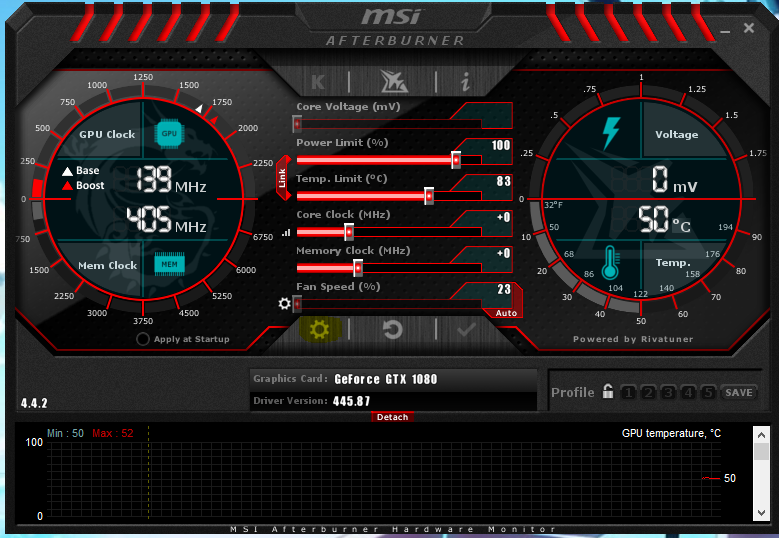
Overclocking is increasing default memory and core clocks of the GPU so that they run on higher speeds than they were designed to run by the It also allows you to monitor your hardware temperatures, usage and much more. A Graphics Processing Unit (GPU) is a component that serves a similar function but deals specifically with the rendering and display of graphics on a computer, assisting the Central Processing Unit ( CPU). Overclocking your graphics card can be a good way to improve performance, especially if youre running a card that didnt come with a factory overclock.

Basically, a processor is an internal clock that sends out a pulse that sets the pace at which everything else in the computer operates.

The process of overclocking a laptop typically includes the use of software on the computer to alter the way in which one or more processors in it run. Overclocking a laptop may void its warranty. Doing this produces additional heat, however, which can be difficult to vent from a laptop and may potentially damage other computer hardware within the case. Overclocking a laptop, usually the graphics processor within it, can improve performance and allow a machine to run more demanding software. Laptops offer fast and easy access to the Internet, though they can be difficult to use for gaming and similar applications. However, the major cause of damage to a graphics card – whether used for gaming or mining – is not taking proper care of the hardware components.Overclocking a laptop, which is a method by which processors in a computer are set to run faster than normal, provides increased performance but can quickly overheat a system. In contrast, as playing games sees the GPU fluctuate between rapid cooling and rapid heating depending on the load, this could cause more damage in the long run. As miners seek to reach the highest possible hash rate, the GPU may reach high temperatures but will remain at a consistent one with a consistent workload. In fact, some cryptocurrency miners even suggest mining is less harmful to your graphics card than playing the latest AAA game is.

Similarly, overclocking your GPU too often – whether for better hash rates or better gaming performance – can also cause irredeemable damage to the GPU. Playing demanding games and processing data using a GPU can also wear out a GPU when at high temperatures. However, mining is not alone in placing stress onto a GPU. If you run your mining setup 24/7 at a high temperature – above 80 oC or 90 oC - the GPU could sustain damage that will severely affect its lifespan.

Mining harms your GPU in the sense that one of its by-products is producing excess heat. Is cryptocurrency mining bad for your graphics card?


 0 kommentar(er)
0 kommentar(er)
